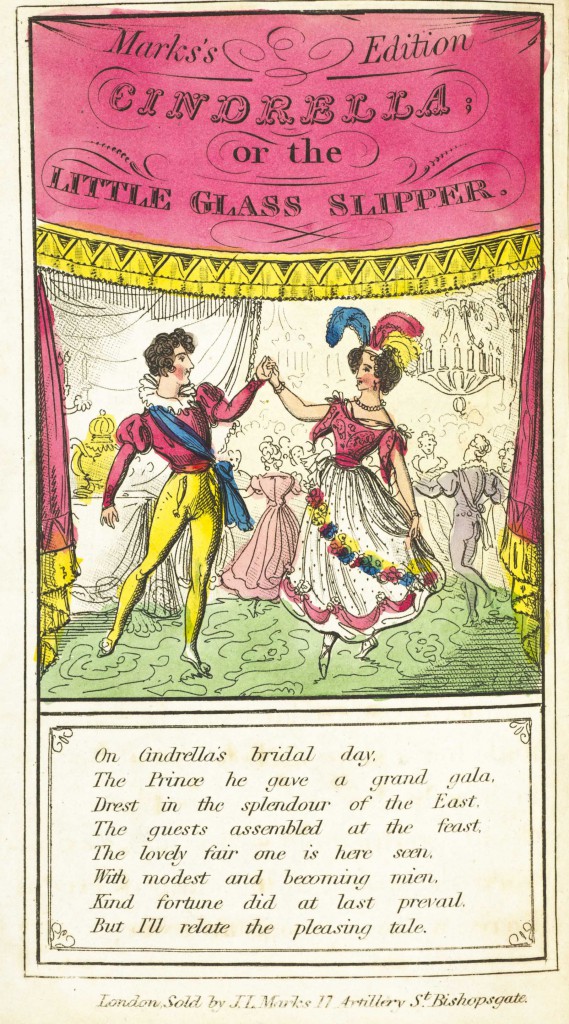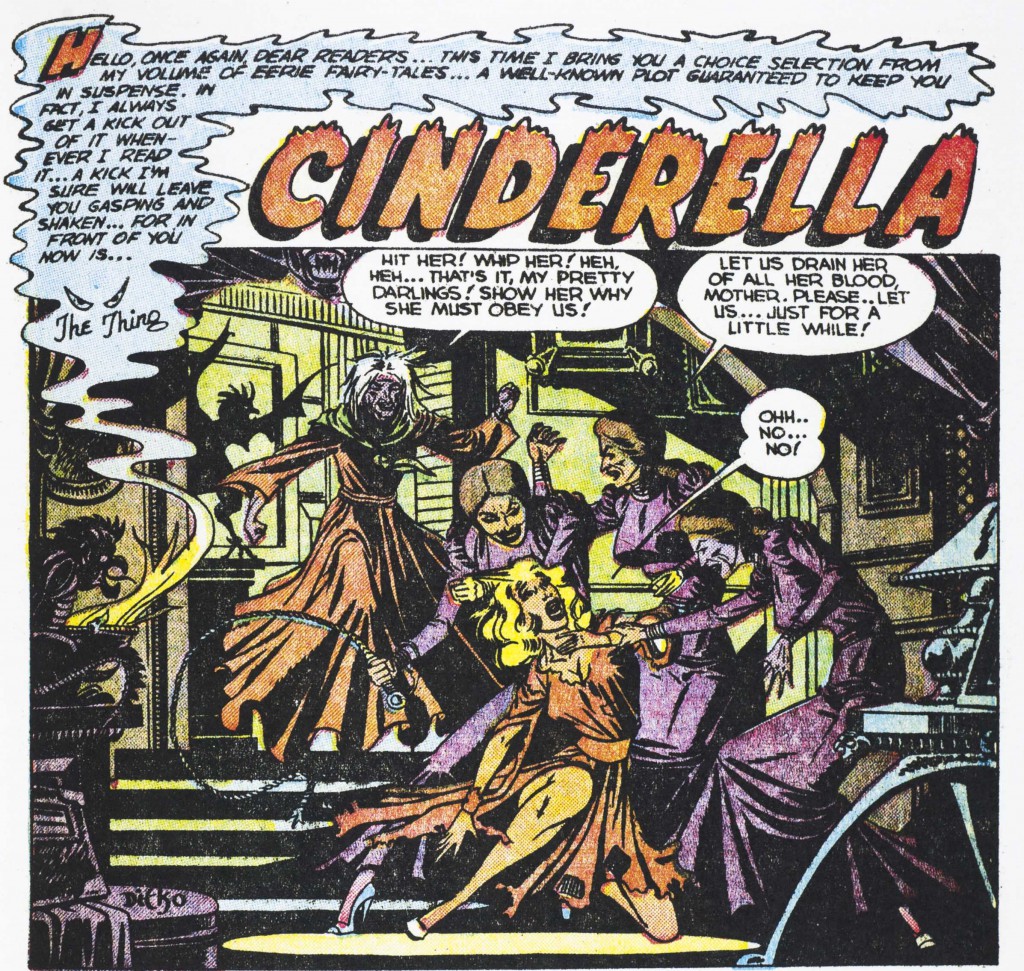
The Lilly Library Public Services Department conducts over 200 class sessions a year for diverse audiences, from elementary school children to retirees. Many class sessions for IU undergraduates focus on introducing students to primary sources and archival research. This summer, Laura Clapper, an Associate Instructor and PhD candidate in the Department of English, brought the students from her Introduction to Fiction class for a session to compare different versions of classic fairy tales.
Students had a class session at the library in which they learned about the history of publishing children’s literature and examined historical examples from the 18th through 20th centuries of the stories “Cinderella,” “Bluebeard,” and “Jack the Giant Killer.” Students noted differences as the stories were published over time. They examined not only changes in the plot and moral of the story but also differences in illustrations and the physical attributes of the books themselves, taking into consideration how the stories might be presented and marketed for different historical audiences.
After examining these fairy tales in the Lilly’s Reading Room, students completed projects in which they imagined themselves as library curators and created exhibitions for adults and children based on their research and presented them to their peers in class. Creative responses ranged from colorful posters to an interactive digital walkthrough, and students made insightful deductions about how and why these tales have changed over time.
If you would like to schedule a class session at the Lilly Library, please fill out our online form (https://blogs.libraries.indiana.edu/lilly//form.php) or contact the Public Services Department at liblilly@indiana.edu or 812-855-2452.
Rebecca Baumann, Reference Associate
